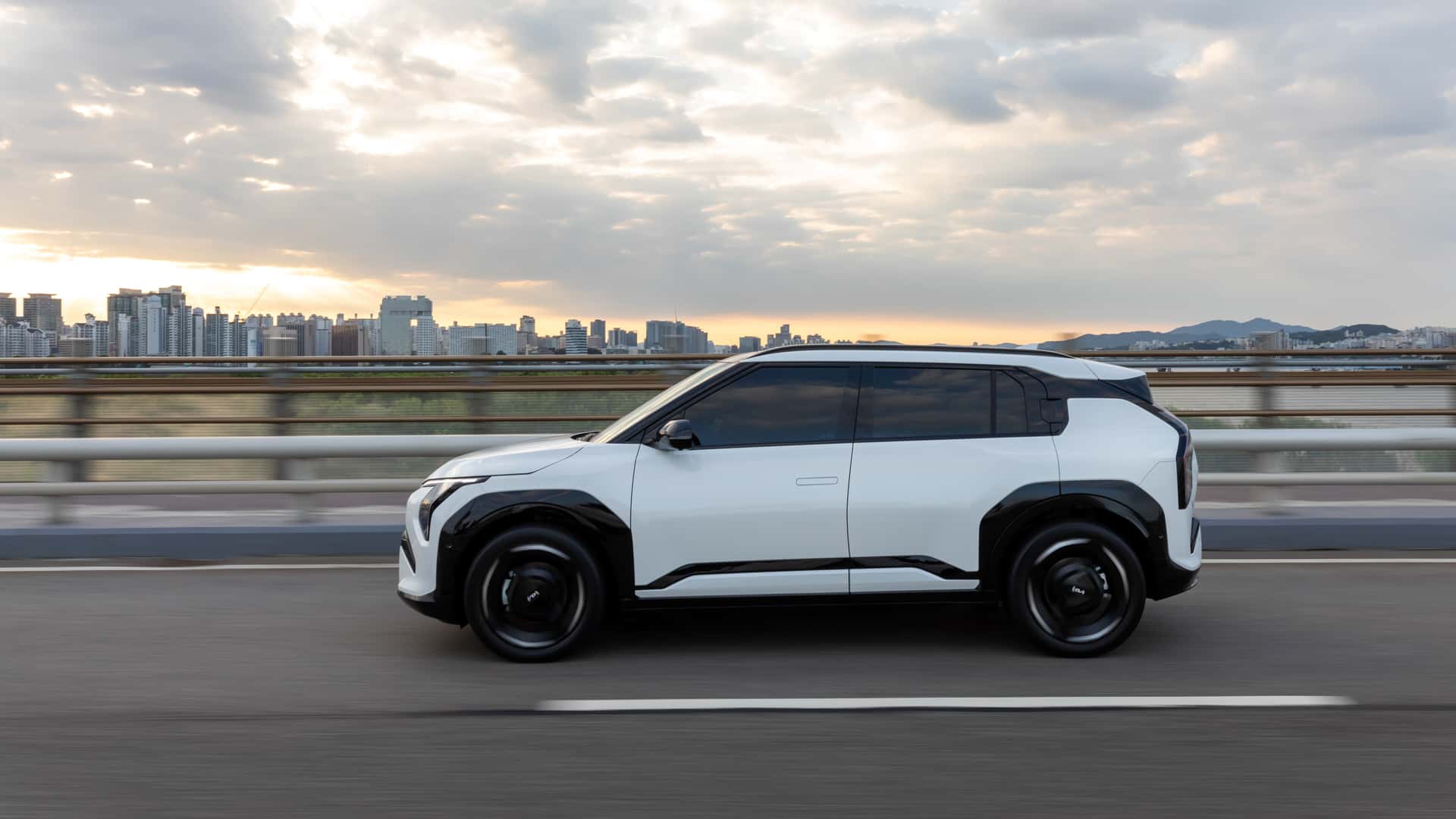How The Kia EV3 Reimagines One-Pedal Driving

When General Motors' hands-free Super Cruise came out, it debuted on the $70,000 Cadillac CT6 sedan. When Ford released its future software interface that will live in a new generation of gasoline and electric vehicles, it did so on the Lincoln Nautilus. And Tesla chose the $90,000 Cybertruck to show off its 800-volt architecture and drive-by-wire steering.
You get the idea. Flashy new game-changer technology in cars tends to show up first on the expensive stuff before it trickles down to the models that everyone can afford. That's part of what makes the 2025 Kia EV3 so notable: it's expected to start around $30,000 to $35,000, if not less, but it moves the ball forward for Hyundai Motor Group's technology game in ways that are usually reserved for high-end luxury cars.
At the heart of those advancements is Kia's new i-Pedal 3.0 system. It's an evolution of the adjustable regenerative braking found on the Hyundai, Kia and Genesis EVs. And it not only fixes their problems but adds autonomous driving assistance technology that redefines how one-pedal driving works—all in an affordable EV that's aimed at everyone.
At the EV3's launch drive in Seoul, I made sure to put the new i-Pedal setup through its paces. Here's what I learned.

